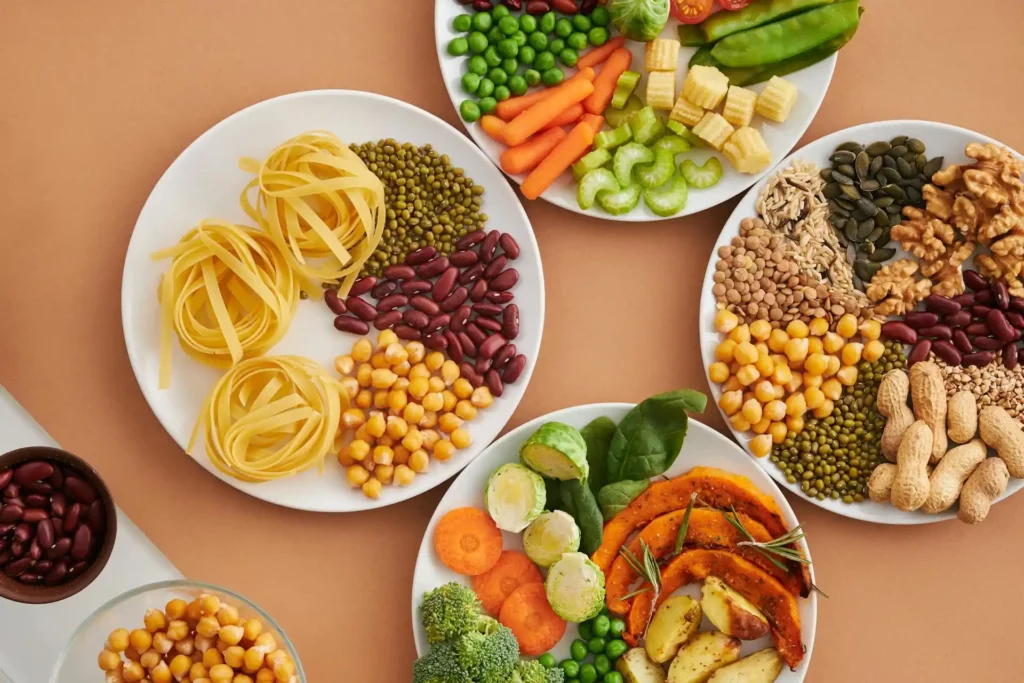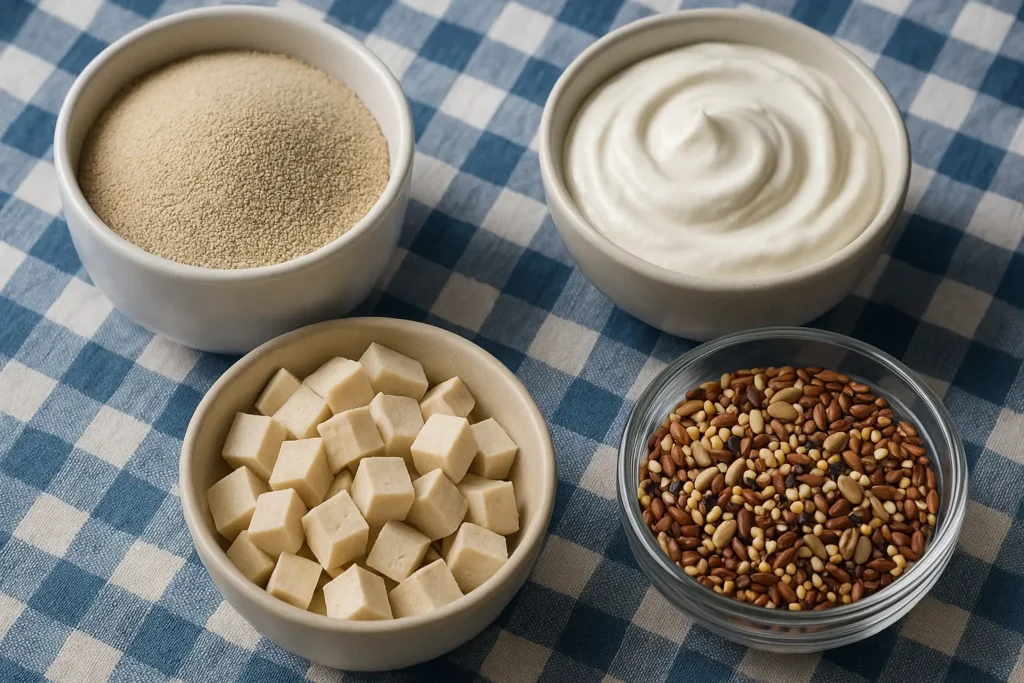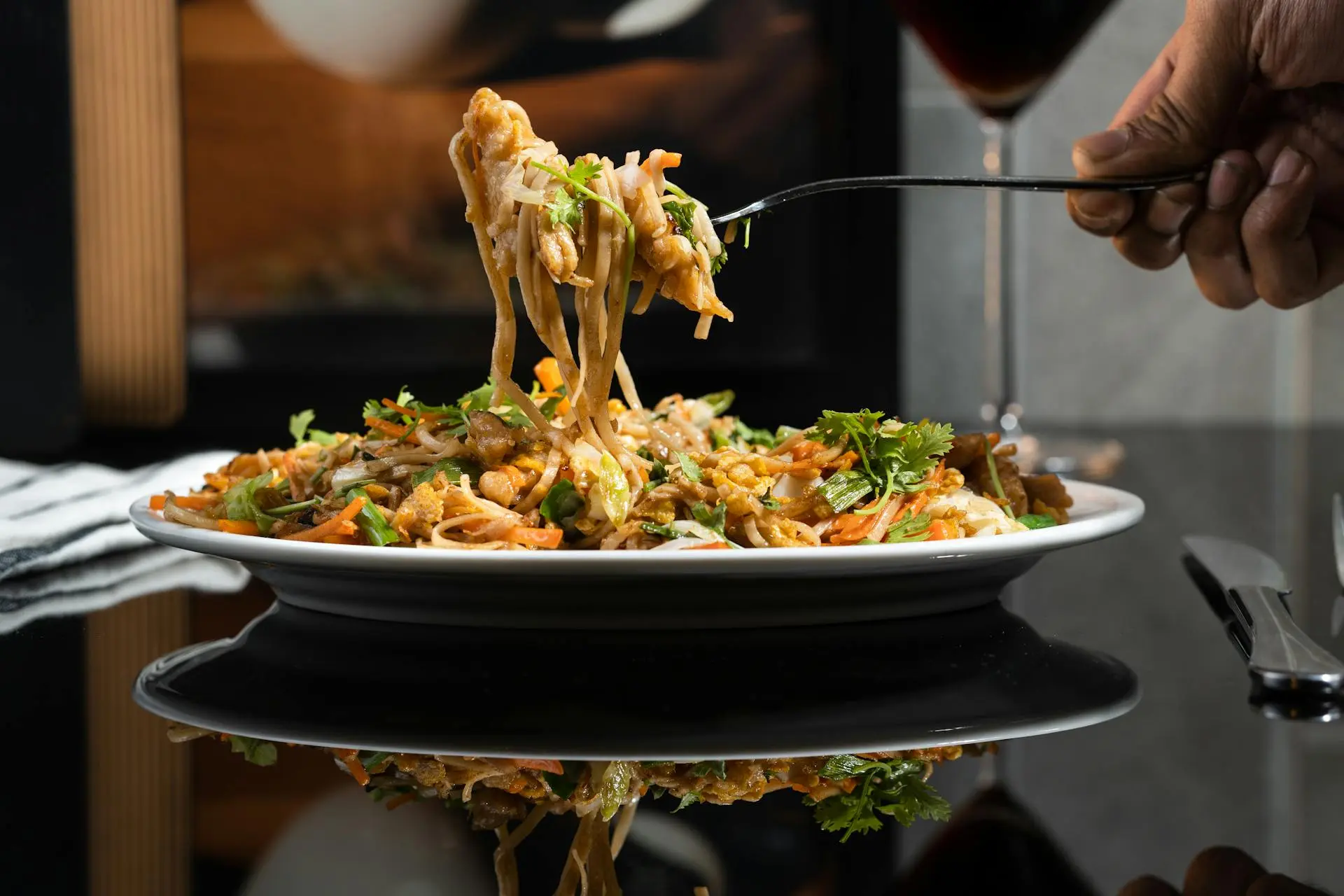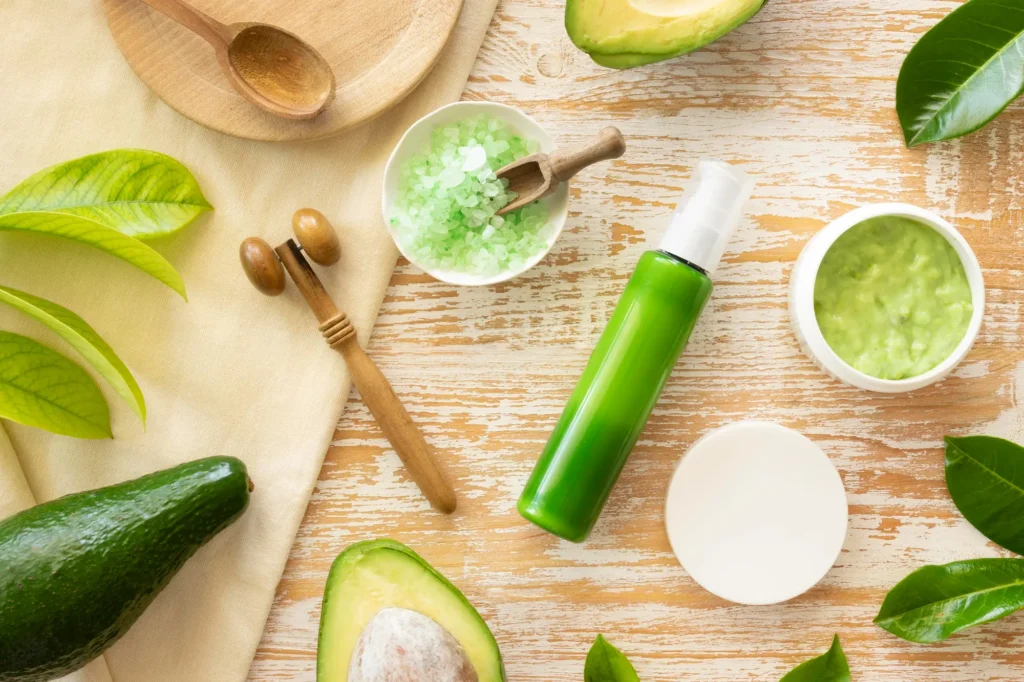Some pastas are just empty calories. High protein pasta gives you more—it brings real ingredients, stronger nutrition, and meals that actually satisfy.
With the right ingredients, it can be a clean, balanced, and surprisingly protein-rich part of your diet — whether you’re focused on muscle recovery, weight management, or simply avoiding that mid-afternoon crash.
This blog unpacks the world of high-protein pasta, including the best types to try, clean recipe ideas, and smart cooking tips to help you get the most flavor and nutrition out of every bite.
Let’s make pasta your new favorite health food — no sacrifice required.
What Is High Protein Pasta?
High-protein pasta refers to noodles made from protein-rich ingredients like lentils, chickpeas, edamame, or quinoa — instead of refined wheat flour. Some blends use pea protein or whey isolate to boost content even further.
You’ll typically see 15–25 grams of protein per serving in these upgraded pastas, compared to just 7–8 grams in traditional white pasta. And since they also pack in fiber and complex carbs, they help balance blood sugar and reduce energy crashes after eating.
How It’s Different from Regular Pasta
Traditional pasta is often made from semolina flour — a refined grain that digests quickly and doesn’t offer much satiety. In contrast, high-protein varieties have more staying power thanks to their fiber and amino acid profiles.
Plus, many are naturally gluten-free — a bonus for anyone with sensitivities.
Health Benefits of High Protein Pasta
Adding more protein to your meals can help stabilize blood sugar, reduce cravings, and support lean muscle maintenance — and high-protein pasta makes it easy.
Keeps You Fuller for Longer
Multiple studies have shown that protein-rich meals help delay hunger signals, which means fewer snacks and late-night cravings. A bowl of chickpea pasta with veggies and olive oil delivers clean energy and satisfying texture — without the carb bloat.
Supports Muscle Recovery
Protein isn’t just about gym goals. It’s essential for cellular repair, immune health, and hormone balance. One review from the Journal of the International Society of Sports Nutrition confirmed that spreading protein intake across meals is better for muscle protein synthesis than overloading at once.
Naturally High in Fiber and Nutrients
Lentils, quinoa, and edamame don’t just offer protein — they also bring magnesium, iron, zinc, and B vitamins to the table. These micronutrients play roles in everything from mood regulation to energy metabolism.
Best Types of High Protein Pasta to Try
Not all “healthy” pasta is created equal. These options offer real nutritional benefits — and taste good enough to eat on repeat.

Chickpea Pasta
With around 20 grams of protein and 8 grams of fiber per serving, chickpea pasta is one of the most balanced choices. Its slightly nutty flavor pairs well with tomato-based sauces and roasted vegetables.
Lentil Pasta
Red or green lentil pasta holds its shape well and has a mild earthy taste. It’s ideal for cream sauces or baked casseroles since it doesn’t go mushy as easily.
Quinoa Pasta
Often blended with other grains, quinoa pasta offers all nine essential amino acids — making it a complete protein. A solid option for vegan diets.
Edamame Noodles
These green-hued noodles pack a serious punch — up to 24g of protein per serving. They’re slightly chewy and work beautifully in Asian-inspired stir-fries with sesame, garlic, and ginger.
Clean, High Protein Pasta Recipes to Try
Here are a few easy combinations that taste indulgent — but keep things clean and filling.

Mediterranean Chickpea Pasta Bowl
Toss cooked chickpea pasta with cherry tomatoes, olives, red onion, cucumbers, and a splash of lemon-olive oil dressing. Add crumbled feta for extra flavor and calcium.
Bonus Tip: Sprinkle with oregano and fresh parsley for an antioxidant kick.
Edamame Noodle Stir-Fry
Sauté garlic, broccoli, bell peppers, and carrots in sesame oil. Toss in cooked edamame noodles and a dash of tamari. Top with sesame seeds and green onions.
Flavor Boost: Add fresh ginger or a spoonful of chili paste for heat.
Creamy Vegan Lentil Pasta
Blend soaked cashews, garlic, lemon juice, and nutritional yeast for a dairy-free “cheese” sauce. Toss with red lentil pasta and roasted zucchini.
This dish is high in protein, fiber, and flavor — with no heavy cream required.
Cottage Cheese Protein Pasta Bake
Layer cooked whole grain or legume pasta with seasoned cottage cheese, sautéed spinach, and a light tomato sauce. Bake until golden and bubbling.
Thanks to the casein-rich cottage cheese, this recipe delivers sustained energy and muscle-friendly protein — all without using heavy cream or processed cheese.
If you’re looking for more creative ways to use cottage cheese in clean, high-protein snacks, try these crispy cottage cheese chips. They’re simple, oven-baked, and a great savory alternative to store-bought crackers.
Avocado Protein Pasta with Nutritional Yeast
Mash ripe avocado with lemon juice, garlic, and a splash of olive oil. Toss with quinoa pasta and finish with a generous sprinkle of nutritional yeast.
This quick sauce gives you healthy fats, plant protein, and a cheesy flavor — without any dairy. It’s perfect for busy nights or when you need something light but satisfying.
If you love this combo, you’ll probably enjoy our Avocado & Quinoa Salad Recipe too. It’s another clean, protein-rich meal idea that uses the same powerhouse ingredients in a fresh, no-cook way.
How to Boost Protein in Any Pasta Dish
Making your pasta more protein-rich doesn’t have to mean switching to expensive specialty noodles. You can upgrade the meal by focusing on what you pair it with — the sauce, the toppings, even the veggies. These easy tweaks work with nearly any kind of pasta and help turn a comfort food into something more satisfying and nutrient-dense.

Add Protein-Rich Sauces (Greek Yogurt, Cottage Cheese, Silken Tofu)
Want a creamy sauce without the usual heavy ingredients? Blend in some Greek yogurt or cottage cheese. Both add a mild tang and a lot of protein — over 10 grams per half cup in most cases. Silken tofu is another great option. It mixes smoothly into pasta sauces and picks up whatever flavors you’re working with, whether it’s garlicky, herby, or spicy. These swaps not only give the dish a protein lift but also keep things light and gut-friendly.
Top with Nuts, Seeds, and Nutritional Yeast
This is the part people often skip — but a quick sprinkle of hemp seeds, chopped almonds, or flaxseeds can give your pasta a clean boost in texture, healthy fat, and plant-based protein. Nutritional yeast is another smart move. It looks a bit like grated cheese, has a similar savory taste, and brings a surprising 4 grams of protein per tablespoon. It’s a favorite in dairy-free cooking for a reason — it actually delivers on both flavor and nutrition.
Use Veggies That Offer Extra Protein (Broccoli, Peas, Spinach)
Some vegetables bring more to the table than just color. Green peas and broccoli, for instance, can add 4–5 grams of protein per serving — not bad for plants. Spinach doesn’t bring quite as much protein, but it’s loaded with iron and blends easily into just about any dish. Toss these into your pasta during the last few minutes of cooking, or stir them into your sauce to keep it fresh and balanced.
Clean Eating Tips for Cooking High Protein Pasta
These swaps help you stay true to clean eating — without losing comfort food appeal.
- Use organic ingredients whenever possible
- Skip pre-made sauces that contain added sugar or thickeners
- Add colorful veggies for fiber and phytonutrients
- Top with nutritional yeast, herbs, or seeds instead of cheese every time
For even more inflammation-fighting flavor, try sipping a warm cup of turmeric ginger tea after your meal.
Can High Protein Pasta Help with Weight Management?
Absolutely — especially when paired with smart portions and balanced ingredients.
Protein helps regulate ghrelin, the hormone responsible for hunger. And unlike fast carbs that spike and crash your blood sugar, high-protein pasta digests more slowly — keeping you steady and satisfied.
In fact, a detailed scientific review on high-protein diets and metabolism explains how these meals promote satiety, influence hormone signaling, and may contribute to fat loss — though they also note potential caveats like excess intake or imbalanced eating patterns.
Looking for more meal inspiration designed around clean weight support? This Organic Weight Loss Diet guide offers sustainable, no-fad advice for building meals that nourish and energize.
What to Watch Out For (Common Mistakes)
Not every high-protein pasta is a slam dunk. Here’s what to avoid:
- Overcooking: These pastas can turn mushy quickly. Start with 1–2 minutes less than the package suggests and taste-test as you go.
- Added Fillers or Gums: Some store-bought brands use unnecessary additives for texture. Always read labels for clean, minimal ingredients.
- Ignoring Portion Size: Protein or not, too much pasta can still derail your goals. Stick to 1–1.5 cups cooked per serving — and bulk it up with veggies or lean protein.
Final Thoughts: Pasta That Fuels, Not Fills
You don’t have to ditch pasta to eat clean — you just need to choose smarter versions and build the right plate around them.
High-protein pasta delivers the comfort of classic noodles, with the benefits of better blood sugar balance, satiety, and clean energy. Whether you’re cooking for yourself, feeding kids, or meal-prepping for the week, it’s an easy upgrade that can support your health goals without losing flavor.
So toss that guilt. Grab the good stuff. And enjoy every bite.



